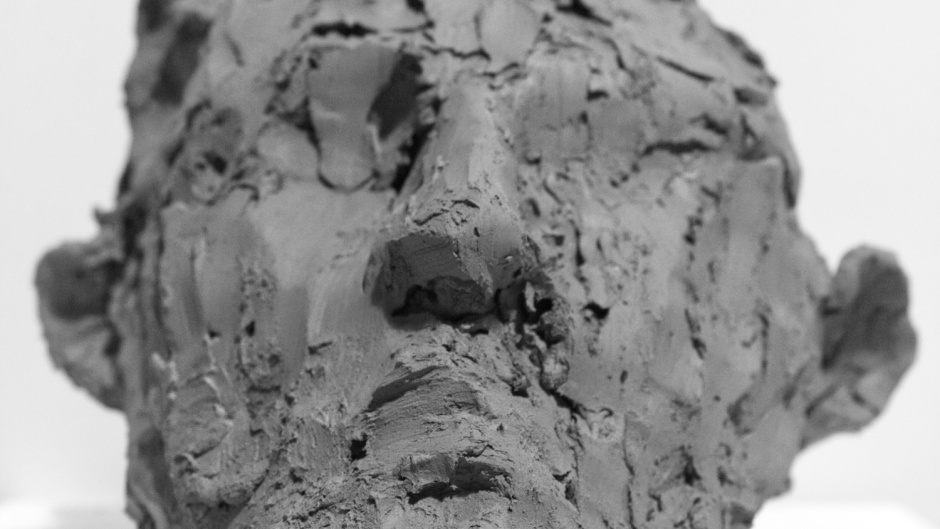The human condition through art
When clay is wet it is said that it is a living material, good to model and shape. When clay dries it is hard as a stone, yet it becomes a really fragile material.
24 JULY 2022 · 11:00 CET

In the photos you see my latest artistic research. These artworks are sculptures made of clay. Clay has something to say by itself: clay is a natural earth material.
When clay is wet it is said that it is a living material, good to model and shape. When clay dries it is hard as a stone, yet it becomes a really fragile material. Clay without water is a dead material: hard to model and fragile. Interestingly enough, even clay that is hard as a rock, if you put water on it, can become gradually alive again and you can model it again as never been dried (dead) before.
So in my sculptures I work with this material to say something about life and death, about living water and hard hearts, about human nature, about fragility and the need of water, the need of being born again (see photo 1).
.jpg)
So these sculptures are an artistic research that tells us that we were alive since we were in relationship with the Water of life, the Giver of life, but since we preferred broken cisterns instead we died and we are broken. But if Jesus, the water of life, comes in our lives we would live again.
Saying that, I’m really fascinated by how much God’s Word uses the language of clay and water as illustrations of our relationship with Him, dry religion, our human condition, death and life.
Themes and language often have inspired art in history, such as a type of art called Vanitas* or the Memento Mori*.

Photo 2: Sculpture by Luca Illiano. As you can see in the pictures (see photo 2), I leave my sculptures in dried clay since I want to emphasise the reality of human beings without Jesus, and the need of the Water of life to live (be born) again. These sculptures tell people why we are dead, broken, fragile, we cannot change (be re-modelled), live without the Water of life: Christ.
*Vanitas is the Latin for vanity, in the sense of emptiness or a worthless action. ‘Vanity of Vanities, saith the preacher, all is vanity’ (Ecclesiastes 12: 8). The implication of these words from the Old Testament is that all human action is transient in contrast to the everlasting nature of faith. A Vanitas is a particular type of still life painting in which objects symbolically refer to such a theme, by painting objects which suggest human achievements, like the book and instruments, are related to reminders of mortality: the lamp which has been snuffed out and the skull.
*Memento Mori is Latin for reminder of death. Paintings with skulls and hourglasses. Such elements are painted as a reminder that death is the great leveller, which puts an end to all worldly achievements.
Luca Illiano, artist in Naples, Italy.
Published in: Evangelical Focus - Arts and theology - The human condition through art
